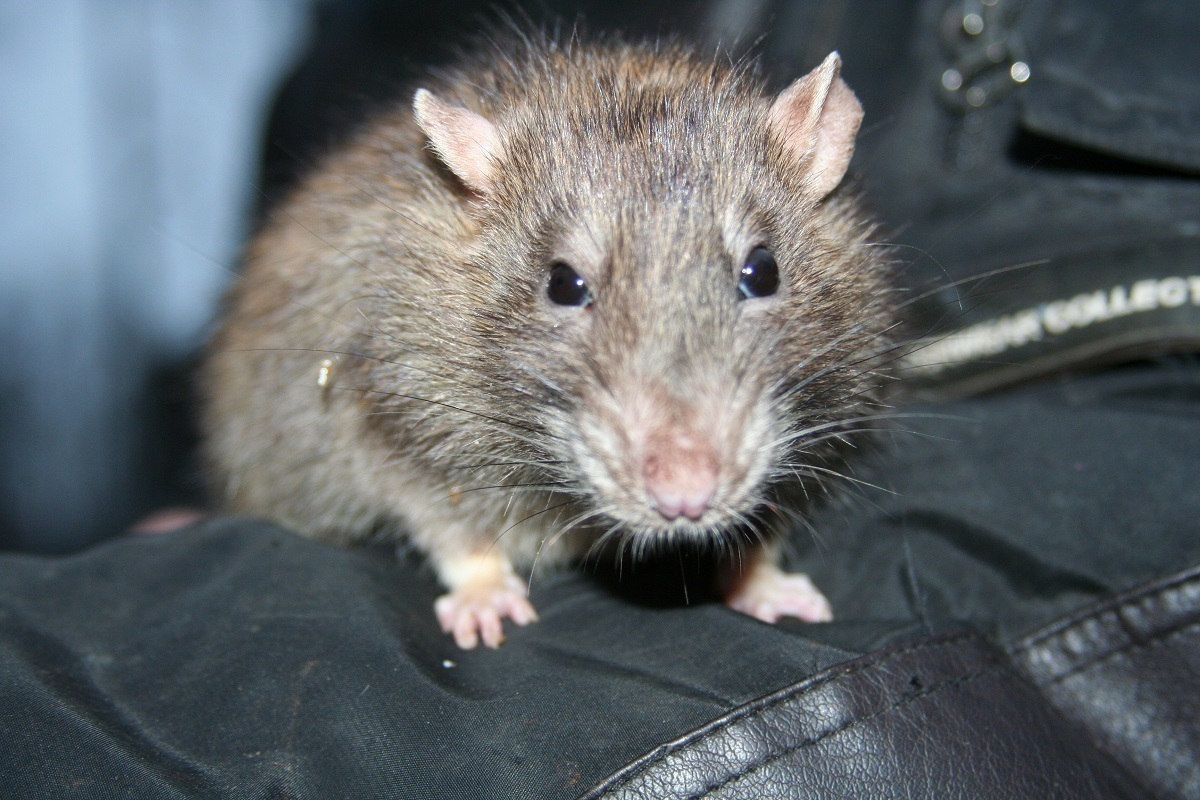“Altar” for rodents: the military spoke about the invasion of mice in the trenches
[ad_1]

The abundance of mice in trenches is not a new phenomenon. However, with the onset of cold weather, proximity to these seemingly harmless creatures turns into a real problem. This is all due to the huge number of rodents who prefer to exchange their free field life for a well-fed, warm trench. The animals are not very picky about food and destroy almost everything they can handle.
According to a scout from one of the volunteer units performing tasks in the Northern Military District zone, mice in the trenches have become a real scourge. In search of food and warmth, rodents from the fields rushed to move to the trenches, where they destroy literally everything that comes into their field of vision – food, equipment, ammunition, belts on machine guns, straps on body armor, even chewing through communication cables and wires. Often the animals get into the pockets of military personnel. Fighting such hordes in the field is not an easy task.
“At one time we specially brought cats to our positions, but there weren’t enough mustachioed ones for a long time,” the military man continues. – Up to a certain point, they catch mice, and then they simply stop paying attention to them. Poison doesn’t help much either. It gets to the point where we have to set up an “altar” for rodents – we leave food for them in a certain place so that they don’t chew on the equipment.
In addition to material damage, the animals pose a threat to human health. After all, mice are carriers of a disease such as hemorrhagic fever with renal syndrome, popularly called mouse fever. This is a disease of the infectious group, which makes itself known by characteristic symptoms – hemorrhagic rash, vascular damage, malfunction of the kidneys and a general deterioration in the person’s condition.
It manifests itself in several stages. In the initial stage, which takes approximately three days, the first signs of mouse fever resemble the flu or an acute viral infection. A person experiences an increase in temperature, aches and pain in the muscles, chills, weakness, thirst, decreased blood pressure and a slow pulse.
This is often accompanied by inflammation of the eye mucosa and the appearance of a rash. At the next stage, nausea, vomiting, swelling of the face and body, bloating of the abdominal cavity, and back pain in the lumbar region are added to the above symptoms. The duration of this period is about 10-11 days. Without medical care, the patient is at risk of internal bleeding with subsequent death. Only timely medical care can preserve the patient’s health and return him to normal life. However, in combat conditions this often becomes impossible.
A military man recalls a case where a rodent, which had taken up residence in the outerwear pocket of one of his colleagues, bit the soldier’s finger when he put his hand in. The animal, apparently, was not happy to be disturbed and therefore showed aggression.
“There was no time or opportunity to turn to doctors for help; there was a battle going on. What is in the first aid kit will save you, as they say. I injected myself with two cubes of dexamethosone. Fortunately, everything worked out fine.
Another unpleasant moment is the sounds that accompany the presence of rodents. Returning to the location after an intense battle or several days spent on a mission, a soldier wants peace and quiet. But mice clearly do not share this desire.
“Sometimes, even when you’re extremely tired, you can’t sleep,” the military man admits. – You can hear squeaking and rustling sounds from everywhere, it feels like they are already swarming in your brain.
Despite reports from a number of paramilitary Telegram channels that the dominance of rodents has broken all records, those at the front note that the situation is not much different from last year. Everything is within the military field norm: a decrease in temperature brings with it new “tenants.”
To fight them, in addition to the cats that are already scattered throughout all the trenches, fighters use mousetraps, glue and ultrasonic traps. And another important point, as my other interlocutor, a fighter with the call sign “Kolovrat,” clarifies, is maintaining cleanliness and order in places of residence. Food should be packaged and put away, no pieces on tables, no food waste in trenches. The fewer temptations, the fewer rodents.
[ad_2]
Source link








